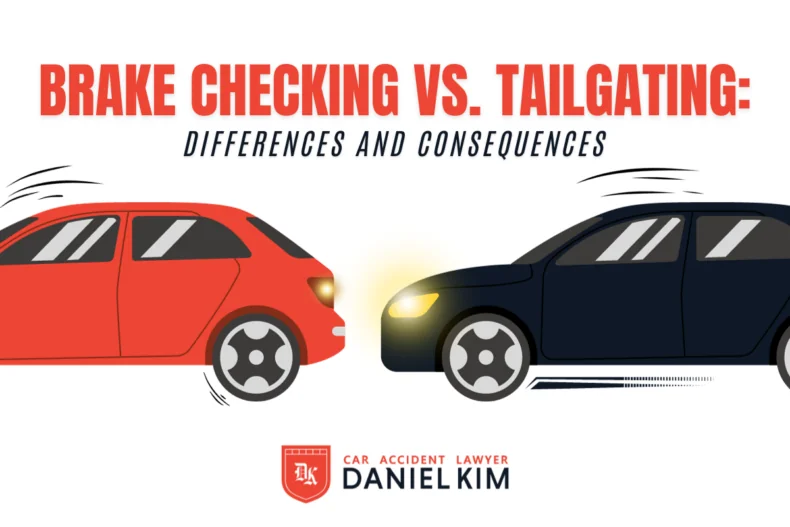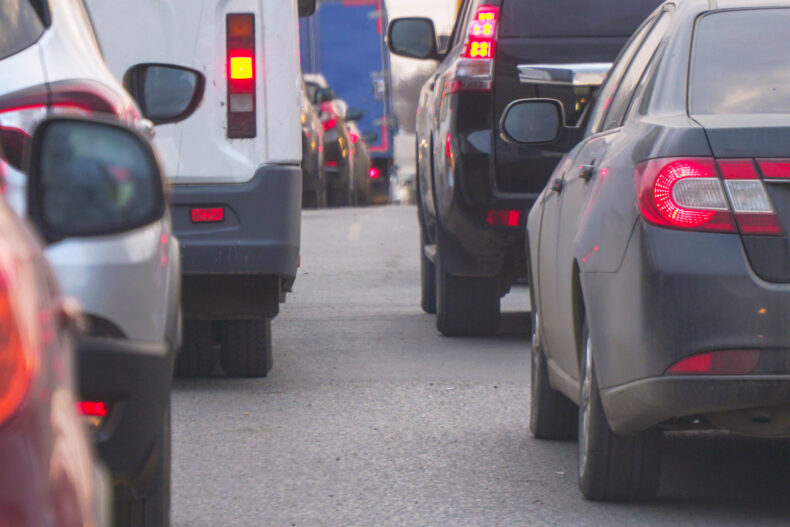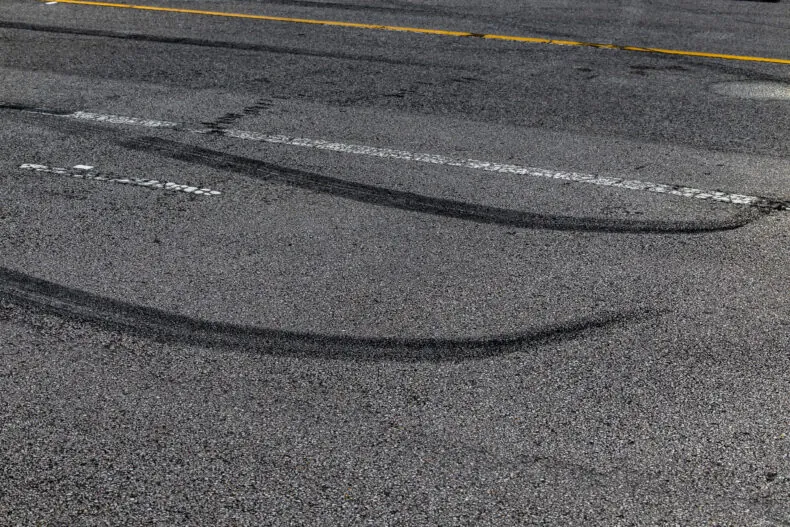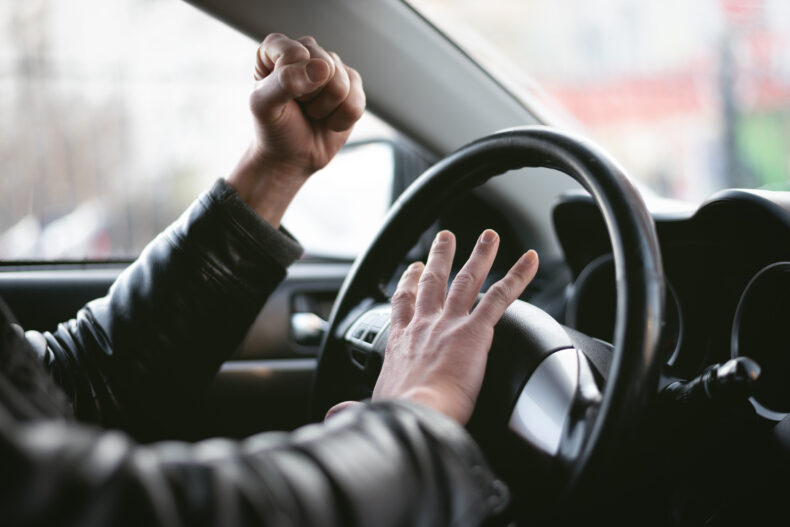Is Brake Checking Illegal in California?
Brake checking is illegal not only in California, but in all 50 states. It is a dangerous driving behavior that leads to many rear-end accidents resulting in vehicle damage and serious injuries.
The reason why people brake check is a complicated one. It could be an aggressive driving tactic, a symptom of road rage, or insurance company fraud. If you or a loved one was injured in a brake checking accident in California, our Fresno personal injury lawyer can help you recover financial compensation for your medical bills, lost wages, and more. Call us today for a free consultation.
Brake Checking vs. Tailgating
Brake checking, also known as brake testing, is when a driver suddenly slams or pumps on their brakes while another driver is behind them, forcing the rear driver to brake hard or swerve to avoid a collision. It is considered a type of aggressive driving that can be done to retaliate or intimidate a tailgating driver. It is considered a violation under California Vehicle Code 22109 and is subject to fines.
Another similar California law states that “no person shall drive upon a highway at such a slow speed as to impede or block the normal and reasonable movement of traffic unless the reduced speed is necessary for safe operation, because of a grade, or in compliance with law.”
Tailgating is when a rear driver is following too closely to the driver in front of them. The general rule of thumb is to maintain at least three or four seconds of distance between you and other vehicles.
Tailgating is illegal under the California Vehicle Code 21703. It states that drivers cannot follow another vehicle more closely than what is reasonable and prudent, having due regard for the speed, traffic, and road conditions.
Aggressive Driving Consequences
Brake checking and tailgating are two examples of aggressive driving, which the NHTSA defines as “a combination of moving traffic offenses to endanger other persons or property.”
They are surprisingly common driving behaviors, too. According to AAA traffic data, nearly 80% of drivers admitted to aggression or road rage at least once in the past 30 days.
Other examples of reckless driving include:
- Speeding
- Running red lights or stop signs
- Weaving in and out of traffic
- Cutting off other drivers
- Honking or yelling at the other driver
Brake checking can lead to road rage, which can quickly lead to dangerous and even violent situations, such as running someone off the road or a rear-end collision. The penalty for a road rage charge under California law includes suspension of driving privileges for six months for the first offense, and one year for a second or subsequent offense.
Road rage and negligent driving can result in severe consequences, increase the risk of an accident, and lead to higher insurance rates. A brake checking accident may also lead to criminal charges if the accident results in a fatality.
Who Is Liable in a Brake Check Accident?
In most rear-end collisions, the rear driver is considered at fault for the accident and therefore liable for any damages. However, if the driver in front brake checked them, they may also be found negligent.
California follows a pure comparative negligence law, wherein both drivers can be held partially responsible. The amount of compensation that can be recovered will depend on the degree of fault from both parties. For example, if the rear driver was 40% at fault and the other driver was 60%, then the rear driver would be able to recover 60% of the damages.
In order to prove brake checking or tailgating, the following factors may be considered:
- Speed and distance of both vehicles before and after the incident
- Traffic and road conditions at the time of the incident
- Brake light and skid mark patterns of both vehicles
- Statements from both drivers and any witnesses
- The presence or absence of any valid reason for the driver in front to brake suddenly
Investigating a tailgating or brake checking accident can be challenging, as well as determining liability. Both parties will likely try to place the blame on each other. This is why consulting with a car accident lawyer can be helpful. They can help you gather important evidence, such as witness statements or dash cam footage, that proves the other party’s negligence.
What To Do If You Encounter a Tailgater
Despite it being illegal in California, many people tailgate other drivers if they are in a rush, distracted, or impatient. Here is what to do if you encounter a tailgater on the road:
- Remain calm. Avoid yelling, gesturing to the driver, or doing anything else that could escalate the situation.
- Do not engage in brake checking. Instead, safely change lanes or gradually slow down to encourage them to pass.
- Practice defensive driving techniques to maintain a safe distance from other vehicles and create a more predictable driving environment.
- Contact law enforcement and report aggressive drivers to help address this illegal driving practice on the road.
Call a Fresno Car Accident Lawyer For Help
If you were a victim of a tailgating or brake checking accident, you may be able to recover compensation from the at-fault party in a personal injury lawsuit. The Law Offices of Daniel Kim can help you navigate the complicated claims process. We are one of California’s premier personal injury law firms representing injured victims of car accidents and other types of road accidents.
To schedule a free consultation with our Fresno car accident lawyer, call (559) 552-7711 or fill out this quick online contact form.





